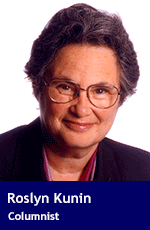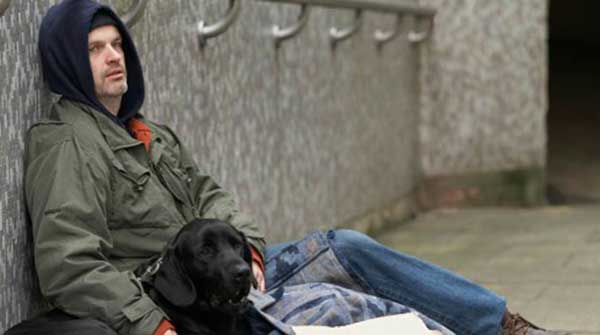Fewer than 100 individuals generate almost all the burden placed on emergency services
 Chatham House Rules – a system for holding debates and discussion panels on controversial topics – were named after the headquarters of the UK Royal Institute of International Affairs, which is based in Chatham House, London. The rule originated in June 1927.
Chatham House Rules – a system for holding debates and discussion panels on controversial topics – were named after the headquarters of the UK Royal Institute of International Affairs, which is based in Chatham House, London. The rule originated in June 1927.
Following the rules result in interesting meetings. The basic rule is that everyone is free to share whatever they wish at the meeting and people are allowed to use what they learn, but the information is not to be attributed to a speaker or an organization.
I have learned a lot at such meetings, including several potential paths for dealing with the ongoing catastrophe that is Vancouver’s downtown east side (DTES). I will share three potential solutions here, although without attribution.
 |
| Related Stories |
| Pilot program offers hope for the homeless
|
| Tent cities aren’t the problem, just a symptom
|
| A glimpse into Vancouver’s Eastside Skid Row |
The newly homeless
One rule that many of us learned when we were writing exams at school was to start with the easiest questions first. Applying the same logic to the people in the DTES, let us first look at the most recent arrivals, those who have not yet become entrenched in the homeless lifestyle and do not yet have serious mental or physical health issues or addiction problems.
Pilot projects have shown that 69 per cent of such people can be housed and put back on their feet with a one-time cash grant of $7,500 – an amount equivalent to one year’s social assistance. People in this group, like too many Canadians, do not have any savings or family to fall back on. They have no recourse when the rent is overdue, the car needs a major repair, or other unexpected expenses arise.
Monthly welfare payments will not cover such lump sum expenses, but this cash grant can deal with many of them, and the long-term dependency and other problems of homelessness can be avoided.
The hardcore cases
A small minority of residents in the DTES are responsible for most of the costs that this unfortunate area puts on society. Fewer than 100 individuals generate almost all the burden placed on fire and rescue, emergency health care and other services. These people are generally known by those who work in the area. Emergency personnel in hospitals report seeing the same individual three times in the course of one night.
As a society, we have limited resources to provide mental health care, addiction treatment, etc., but surely we can find enough services for this small number of the neediest. A discussion is now ongoing about the ethics of providing involuntary treatment. Laws currently exist to allow involuntary treatment to those who are a danger to themselves or others, and such laws would certainly apply to those who frequently require emergency services.
The future DTES residents
There is the old story about a good Samaritan who is pulling an endless stream of drowning people out of a river. When he asks a passerby for help, the latter says that rather than helping pull people out of the river, he will go upstream to stop whoever is pushing them in.
British Columbia gathers an exceptional collection of very useful social statistics. From these, we can learn the characteristics of those who end up in the DTES and determine what factors are likely to generate future residents.
The most important variable is not completing high school. Being a school dropout is correlated with other factors such as an insecure home environment, learning disabilities, etc. Teachers, social workers and others feel confident that they can predict which children are least likely to finish high school and thus are more likely to face homelessness, addiction, jail or other bad outcomes in their adult life.
Turning again to the statistics, about 2,000 children currently in B.C. schools are at risk.
Surely in a province of over five million people, we can find the resources to identify and assist these kids. Things like school meals for those who come to school hungry, extra tutoring for those who need help academically and boys and girls clubs or other activities to develop social skills are not especially costly and can result in many of these children becoming productive citizens rather than a long-term burden to society and themselves.
Right now Vancouver’s new mayor, Ken Sim, and B.C.’s new premier, David Eby, seem eager to find solutions to the blight that the DTES places on our city and province. We wish them every success.
Dr. Roslyn Kunin is president of the Vancouver Institute and has been chair of the Vancouver Stock Exchange, WorkSafe BC, and Haida Enterprise Corporation. She has also been on the boards of the Business Development Bank of Canada (BDC) and the National Statistics Council.
For interview requests, click here.
The opinions expressed by our columnists and contributors are theirs alone and do not inherently or expressly reflect the views of our publication.
© Troy Media
Troy Media is an editorial content provider to media outlets and its own hosted community news outlets across Canada.


